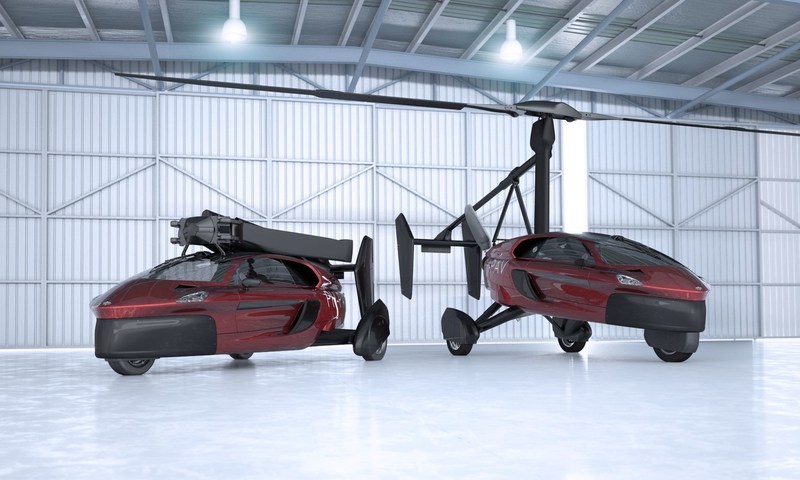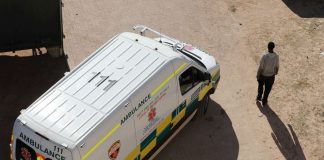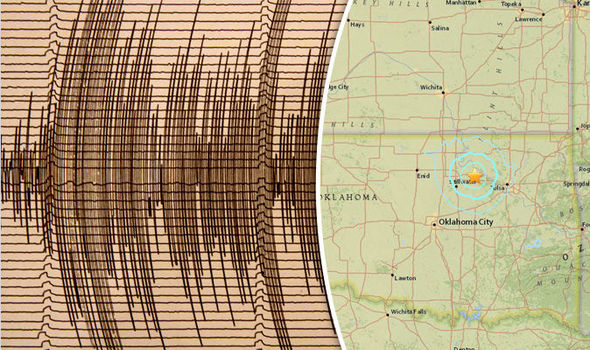
Dutch company PAL-V is taking orders for their propeller-controlled flying car, the Liberty, starting at $399,000.
Here’s the Dutch-made PAL-V Liberty, which purports to be the world’s first commercial flying car. It’s a reasonably well-executed cross between a gyrocopter and a three-wheeled automobile, so it isn’t exactly the sexy aerial machines of The Jetsons or Star Wars…but in the words of John Mellencamp, it’s close enough for rock and roll.
The PAL-V Liberty, which looks something like the gene-spliced bastard of a McLaren 12C and an AH-64 Apache, is around the size of a small car in road-going mode. The vehicle has two separate engines, one for flight and one for the street; at 99 horsepower, the road engine isn’t going to astound with its acceleration, but the company claims it’s still enough to push the Liberty to a top road speed of 100 miles per hour. With a tilting suspension and a maximum suggested weight of just one ton, however, it should still be entertaining on a winding road.
Deploy the flying apparatus mounted astern, however, and the Liberty can take to the skies. The helicopter-like rotor that stands proudly above the vehicle is actually unpowered; as speed climbs, the rotor is pushed into cyclic action by the wind, which intern generates lift. The aerial engine driving the pusher prop mounted out back packs 197 horses, and at full steam, can get the Liberty up to an airspeed of 112 miles per hour and to altitudes of more than 11,000 feet.
The company advises at least 600 feet of runway to take off, with a recommendation of 900 feet—which means most quiet straightaways should suffice. (It can also take off on grass or other surfaces, should the need arise.) Landing, the company says, requires much less space; given the proper weather conditions, the PAL-V Liberty can almost perform a vertical touchdown.
PAL-V says the Liberty has been developed to meet both U.S. and European regulations, thought it says it hopes to eventually bring it to other parts of the globe. Operators will need both a driver’s and pilot’s license; that said, getting a gyrocopter license tends to be easier than most other forms of flying certification.
But driving-slash-flying into the future doesn’t come cheap. The company is launching the vehicle with a limited run of 90 PAL-V Liberty Pioneer Editions, with each fully-loaded example going for $599,000. After that, the company will switch over to the regular version, which will sell for $399,000, but offer many of the Pioneer’s standard features—electronic instruments, dual flight controls, and cabin heating among them—as options.
Either way, you’ll have to slap down a five-figure non-refundable deposit to nab a place in line…and then wait around a year and a half to lay your hands on your flying car.
https://www.youtube.com/watch?v=GfMNtCPChxo













